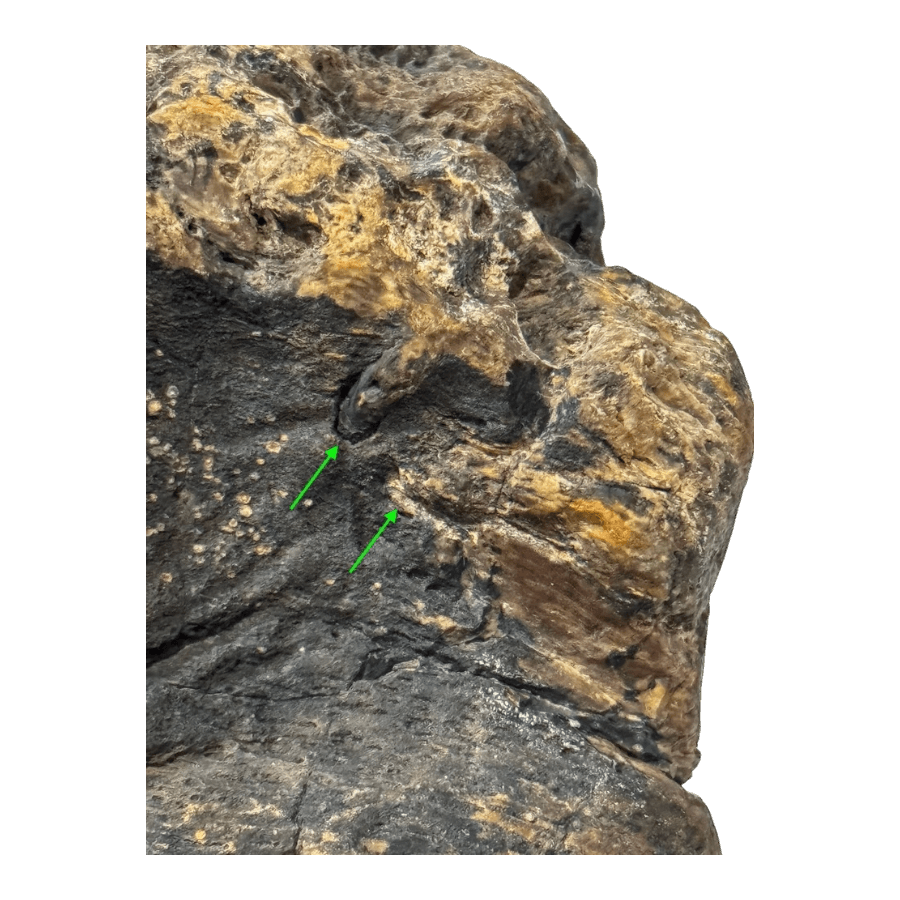Monkey Skull Fossil Unearthed in Webb County
A New Fossil Find for Rule Mobile
We’re excited to unveil a remarkable discovery: a monkey skull fossil that adds an intriguing piece to Rule Mobile’s evolving lore. Unearthed in Webb County, Texas, this find offers a glimpse into ancient history and fuels new storytelling possibilities on Rule Mobile.
Inspired by the detailed account described here, this fossil ties together science, art, and narrative world-building in one captivating package.
Stay tuned as we integrate this discovery into Rule Mobile’s experience—there’s more to come!
Monkey Skull Fossil Unearthed in Webb County
Fossilized skull found in southern Webb County near the Rio Grande, roughly 10 miles south of Zapata County
Estimated age around 30 ‑ million years (Oligocene).
Initial analysis by dentist Dr. Rolando A. Guerra identified a maxillary incisor and monkey‑like facial features.
Geologist Dr. Mark L. Bennett confirms fossilization; further study planned with UT Austin and Perot Museum.
Discovery hints at early primate presence in South Texas and invites more research.
What happened (context)
In July 2025 a fossilized skull was discovered in the dry, rocky lands of southern Webb County, Texas. The find came from a remote area near the Rio Grande River, about ten miles south of the Zapata County line. EFUGY teamed up with Laredo dentist and 3D‑scanning enthusiast Dr. Rolando A. Guerra and Texas A&M International University geologist Dr. Mark L. Bennett to investigate the specimen.
Dr. Guerra’s initial examination revealed a right maxillary incisor or cuspid emerging from the jaw and a visible periodontal‑ligament space. He also noted facial structures resembling a primate’s zygomatic arch, infra‑orbital notches and small, closely spaced eye orbits.
These proportions differ markedly from modern human skulls, hinting that the fossil might belong to a monkey‑like ancestor. Dr. Bennett confirmed the bone is indeed fossilized and estimated it could date back to the Oligocene epoch (about 30 million years ago).
Why it matters
If confirmed as a primate, this discovery would be one of the oldest monkey fossils ever found in the Gulf Coast region. The Oligocene period predates the arrival of early humans by tens of millions of years, so a primate skull from this era could shed light on primate evolution and migration patterns. The fact that a local dentist and a geologist collaborated on the find highlights the growing role of community science in discovering and preserving ancient fossils. More specimens could be hidden in the arid landscapes of Webb County.
> Rule Mobile Take
> This find is a tantalizing clue, not a definitive answer. Until paleontologists from UT Austin and the Perot Museum fully examine the skull, we won’t know exactly what species it represents. Still, it underscores the importance of conserving fossil sites and encouraging amateur explorers to work with scientists. With more eyes on the ground—and better tools like 3D scanning—South Texas could become a hotbed of paleontological discovery.
Next steps
Authorities have carefully recovered the fossil and plan to send it to specialists at the University of Texas at Austin and Dallas’s Perot Museum of Nature and Science for detailed analysis. Researchers will compare its morphology to known primate and mammalian fossils to determine its lineage and age. Local landowners and hikers who find similar bones are encouraged to leave them undisturbed and alert the Texas Parks & Wildlife Department or a qualified paleontologist. Look out for future updates as we learn more.
Like reading about ancient finds and 3D technologies? Subscribe to Rule Mobile for more stories, and let us know if you spot fossils or artifacts in your area.






